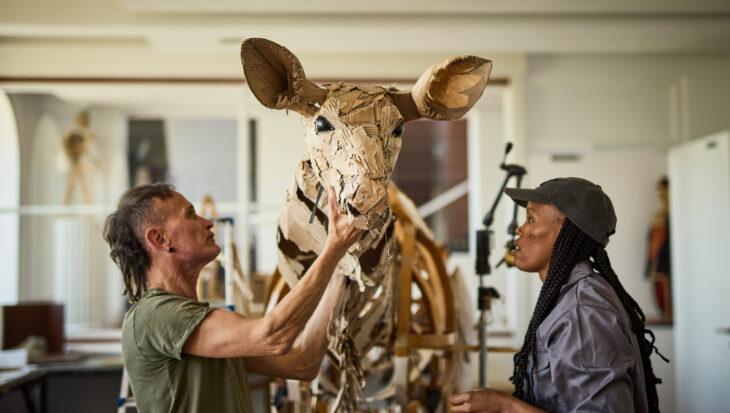‘The Herds’ will be arriving in London this Friday!
Have you heard? A breathtaking arts initiative, ‘The Herds’ will be arriving in London this Friday.
Posted 27 Jun 2025

Posted on the 11th April 2005
The tradition of horse deaths at the notorious Grand National three-day meeting continued at this year's event when Lilium de Cotte died on Friday after suffering a massive haemorrhage while running in the 5.30 John Smith's Extra Cold Handicap Hurdle race. The six-year-old pulled up before the sixth of 13 obstacles in the three mile race.
There have now been 30 equine fatalities at the three-day event since 1997.
Aintree Racecourse was revealed as Britain’s second deadliest in Animal Aid’s recent report, This Unsporting Life. Only Cheltenham topped the Merseyside course in the Death League, with 21 fatalities in just 54 days of racing.
Says Andrew Tyler, Director of Animal Aid:
“Once again, news of the Aintree death was suppressed amidst the general celebrations and back-slapping. Horses are increasingly less equipped to deal with the challenges presented by modern racing, especially over the jumps. This is due to extreme inbreeding that favours speed over robustness and bone strength.”
This Unsporting Life reveals that 375 horses are raced to death in Britain every year. They may die during or after a race, as a result of injuries received in training or be killed because their owners consider them to be no longer commercially viable.
Have you heard? A breathtaking arts initiative, ‘The Herds’ will be arriving in London this Friday.
Posted 27 Jun 2025

As the greyhound racing industry releases its annual data on the number of dogs’ deaths, a raft of well-known names - alongside their canine friends - has called upon the Government to end greyhound racing....
Posted 26 Jun 2025
